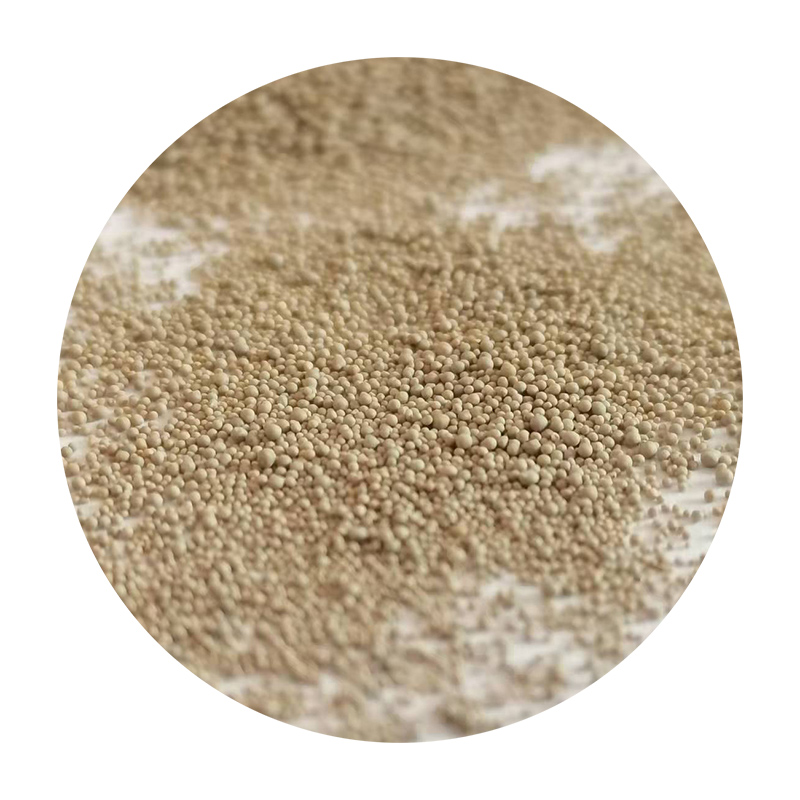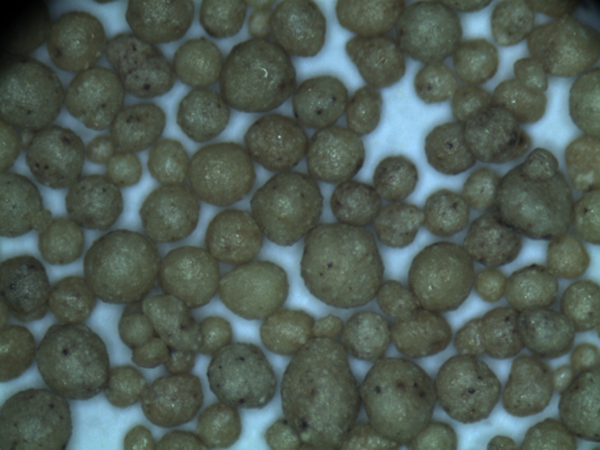This blog provides a structured exploration of the density of foundry sand
and its industrial significance. Below is the outline of key sections:
- Understanding the role of density in foundry sand performance
- Technical advantages of optimized sand density
- Comparative analysis of leading manufacturers
- Customized solutions for specific applications
- Implementation case studies across industries
- Quantitative impact of density variations
- Future outlook for density-controlled foundry materials

(density of foundry sand)
Why density of foundry sand dictates casting quality
Foundry sand density directly impacts mold stability and metal flow characteristics. Industrial tests demonstrate that maintaining 1.6-1.8 g/cm³ density reduces gas defects by 22% compared to sub-optimal ranges. The compaction ratio significantly affects heat transfer rates, with denser sands showing 15% better thermal consistency during solidification.
Technical Superiority in Modern Production
Advanced processing techniques enable precise density control through:
- Automated grading systems with ±0.03 g/cm³ accuracy
- Multi-stage compaction technology achieving 98% uniformity
- Real-time density monitoring via microwave resonance sensors
These innovations reduce scrap rates by 18-25% in high-pressure casting environments.
Manufacturer Capability Comparison
| Supplier | Density Range (g/cm³) | Compaction Tech | Cost per Ton |
|---|---|---|---|
| SandTech Global | 1.55-1.85 | 3-Stage Vibration | $148-$165 |
| DenseCast Solutions | 1.60-1.82 | Rotary Press | $162-$178 |
| Precision Sands Co. | 1.63-1.79 | Hydraulic Compression | $155-$170 |
Application-Specific Engineering
Tailored density profiles address unique operational requirements:
- Automotive: 1.72-1.75 g/cm³ for thin-wall aluminum casting
- Heavy Machinery: 1.65-1.68 g/cm³ for slow cooling applications
- Aerospace: 1.78-1.81 g/cm³ with zirconia additives
Industrial Implementation Successes
A turbine blade manufacturer achieved 92% first-pass yield by transitioning from 1.62 g/cm³ to 1.74 g/cm³ specialty sand. Post-implementation data shows:
- 38% reduction in surface pitting
- 27% improvement in dimensional accuracy
- 16% extension in mold reuse cycles
Quantifying Density Impact
Controlled experiments reveal critical thresholds:
| Density (g/cm³) | Permeability | Mold Strength | Cooling Rate |
|---|---|---|---|
| 1.60 | 85 | 0.9 MPa | 22°C/s |
| 1.70 | 73 | 1.4 MPa | 18°C/s |
| 1.80 | 61 | 1.8 MPa | 15°C/s |
Future developments in foundry sand density control
Emerging technologies like AI-driven density optimization algorithms promise to reduce material waste by 30% while maintaining tighter tolerances. Pilot programs using nanoparticle additives show potential for achieving 1.85 g/cm³ density without compromising permeability – a breakthrough that could redefine high-precision casting standards.

(density of foundry sand)
FAQS on density of foundry sand
Q: What is the typical density range of foundry sand?
A: The density of foundry sand typically ranges between 1.4 to 1.6 g/cm³. This varies based on sand composition and moisture content. Higher-density sands are often preferred for metal casting applications.
Q: How does foundry sand density affect casting quality?
A: Proper foundry sand density ensures optimal mold strength and heat resistance. Too low density may cause mold collapse, while excessive density can hinder gas escape. Controlled density improves casting surface finish and dimensional accuracy.
Q: How is density measured in foundry sand production?
A: Density is measured using standardized tests like ASTM B962. Common methods include pycnometry for absolute density and bulk density measurements. Manufacturers often perform quality checks during sand preparation.
Q: Why is density control crucial when making foundry sand?
A: Consistent density ensures uniform thermal conductivity and mold stability during pouring. Variations can lead to casting defects like porosity or shrinkage. Automated systems monitor density during sand mixing and conditioning.
Q: Does recycled foundry sand maintain its original density?
A: Recycled foundry sand may have slightly reduced density due to binder degradation and fines accumulation. Density restoration often requires sieving and additive blending. Most recycled sands retain 85-95% of their original density properties.
Next:Lost Foam Casting Manufacturers Precision Custom Cast Solutions
